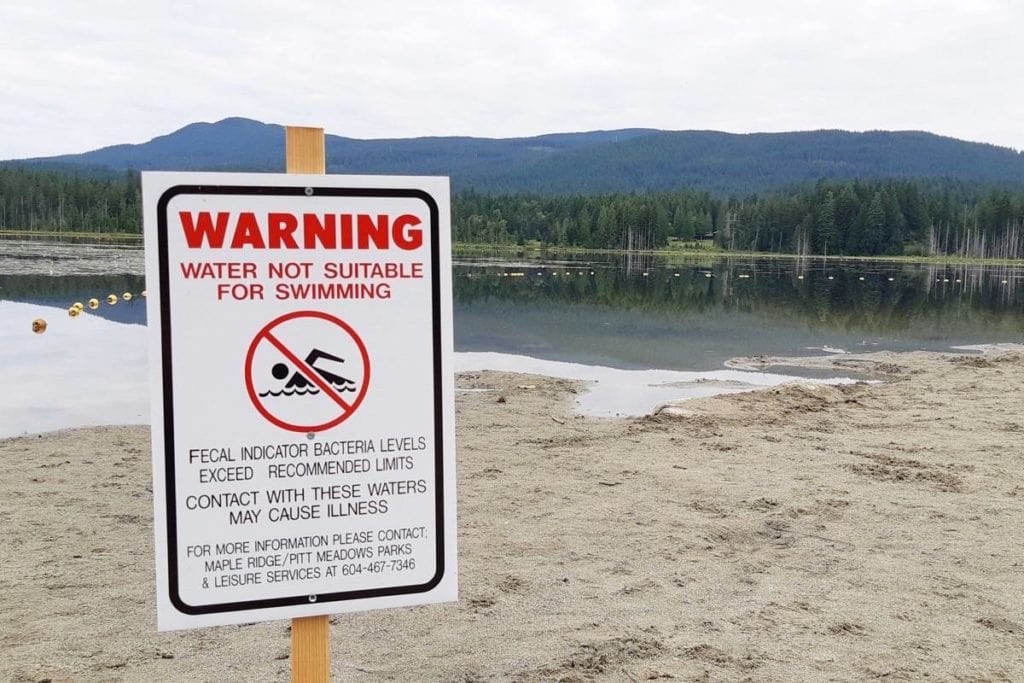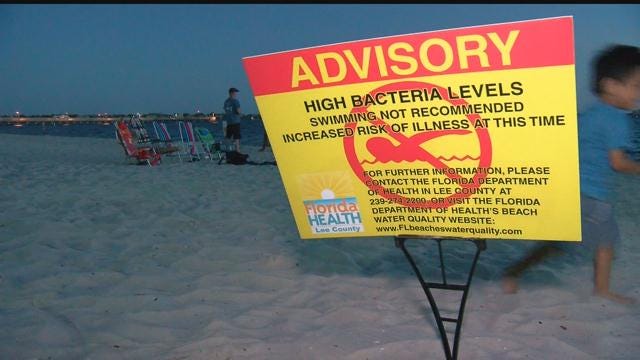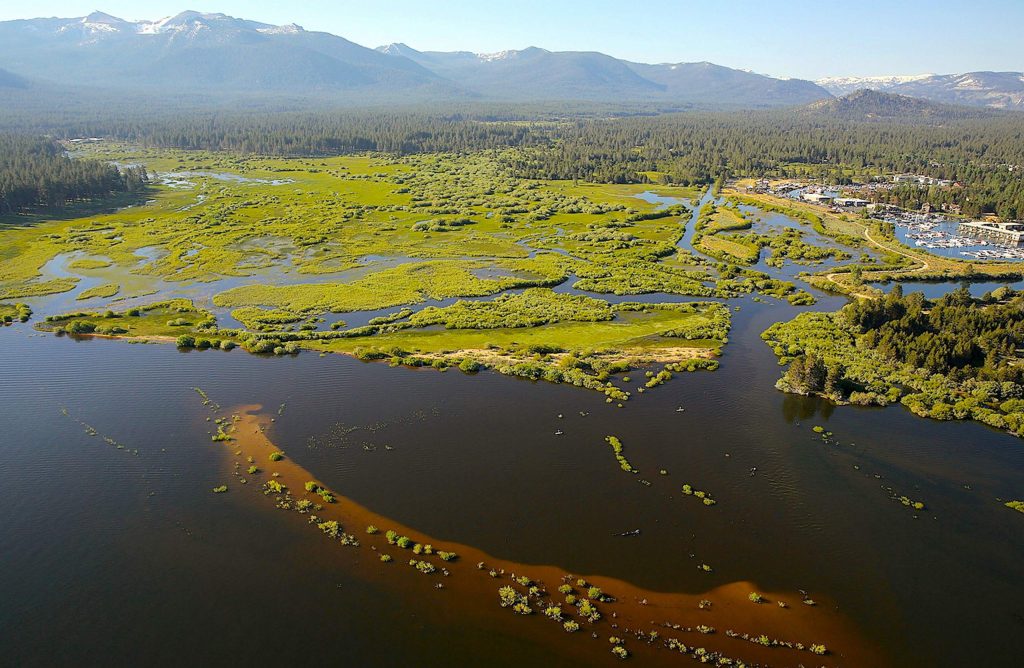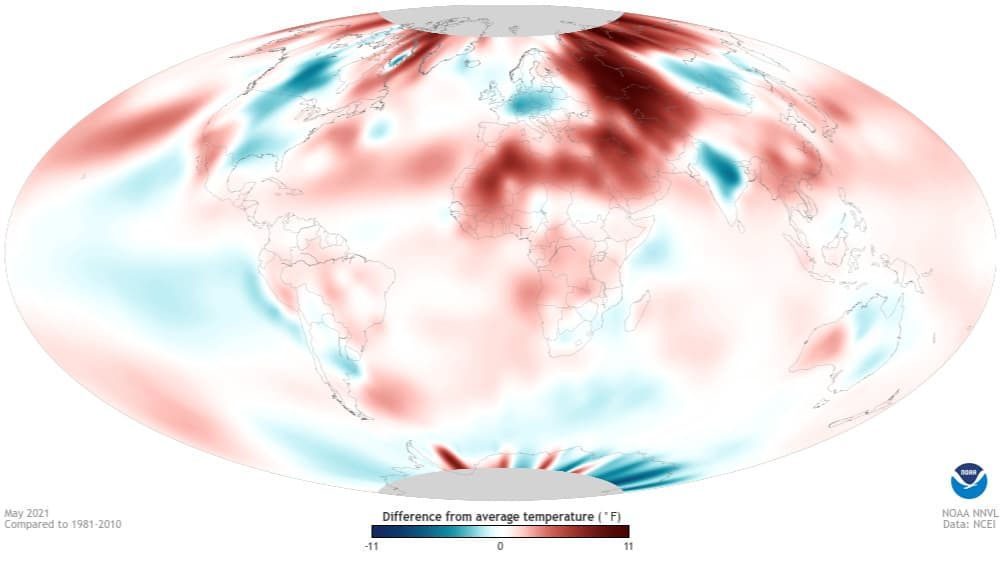
A recent report from Environment America Research & Policy Center and Frontier Group found that more than half of 4,523 American beaches tested were potentially unsafe for swimming due to the amount of fecal matter in the water.
The 2,620 beach sites, from a sample across 29 coastal and Great Lakes states, plus Puerto Rico, were potentially unsafe for swimming on at least one day in 2018. More than 600 sites were potentially unsafe at least 25 percent of the days that sampling took place.
- Related: Lake Tahoe Research Helping to Improve Water Quality, Environment and Industry Around the World
For the study, water was considered unsafe if bacteria levels exceeded the Environment Protection Agency’s most protective “Beach Action Value” threshold, which is the level of contamination at which the EPA estimates 32 out of every 1,000 swimmers will get sick.

Most contamination is as a result of human or animal fecal matter making its way into the water through runoff, sewage leaks and overflows and industrial livestock operations. In California, for example, heavy rain periods like the 2018-2019 winter season cause a decrease in water quality because the rain runoff becomes bacteria-ridden on its way to the ocean via the storm drain system.
California
- San Mateo County had the highest percentage (32) of potentially unsafe beach days
- San Francisco County had the second highest percentage (28) of unsafe beach days
- Inner Cabrillo Beach in Los Angeles had the highest number of potentially unsafe beach days (85)
- Coronado Ave. Beach in Long Beach had the second highest number of potentially unsafe beach days (62)
Florida (for comparison)
- Hernando County had the highest percentage (38) of potentially unsafe beach days
- Okaloosa County had the second highest percentage of potentially unsafe beach days(22)
- Bayou Texar in Pensacola had the most potentially unsafe swimming days (24)
- Sanders Beach, also in Pensacola, had 23 potentially unsafe days
In 1972, legislators passed the Clean Water Act, which aimed to make all American waterways safe to swim in. It was amended in 2000 to include the Beaches Environmental Assessment and Coastal Health (BEACH) Act, which is designed to reduce the risk of disease to those who swim in or otherwise use the U.S.’s coastal recreation waters.




